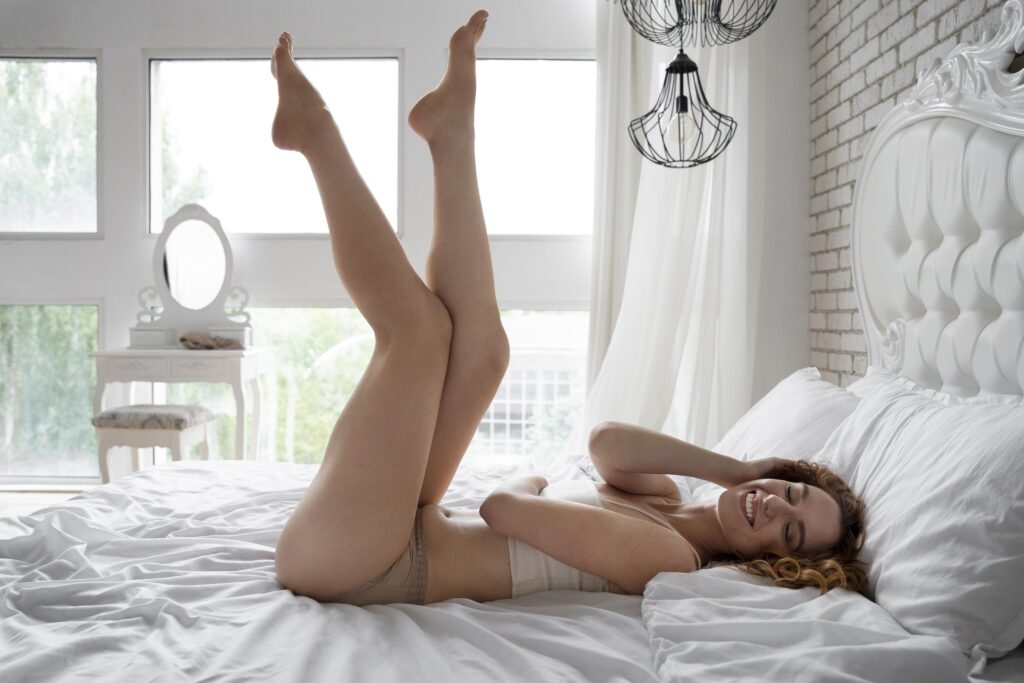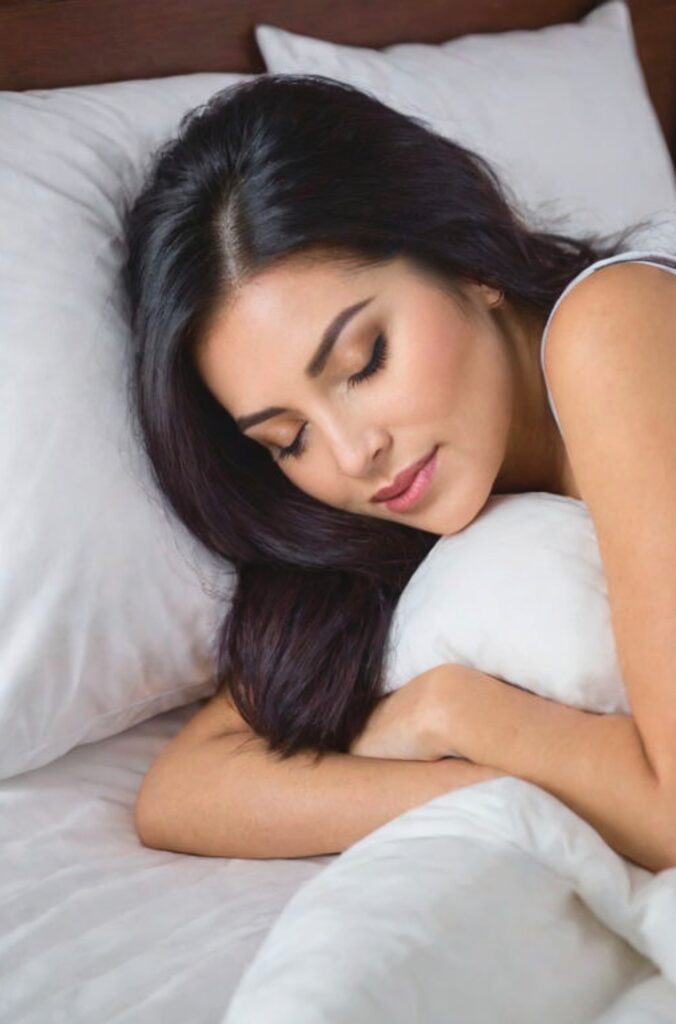Spread the love
The choice between wearing pajamas or sleeping naked largely depends on personal preference, comfort, and specific health considerations. Here’s a detailed comparison with pros and cons to help you decide:

01. Pajamas
Pajamas are the traditional choice for sleepwear and come in various materials like cotton, silk, and flannel.
Pros:
- Comfort and warmth: Ideal in colder climates or during winter as they trap body heat and provide insulation.
- Hygiene: Pajamas act as a barrier between your skin and bed linens, reducing the transfer of sweat, oils, and dead skin cells to the sheets.
- Variety: Different styles and fabrics allow customization based on season or preference (e.g., silk for cool comfort or flannel for warmth).
- Privacy: Useful in shared living situations or emergencies where you may need to get out of bed suddenly.
- Protection: Helps minimize skin contact with allergens, bugs, or rough bedding, which can be soothing for sensitive skin.
Cons:
- Overheating: Thick or ill-fitting pajamas can trap heat, causing discomfort, especially for hot sleepers.
- Restricted movement: Tight or poorly designed sleepwear might limit movement during sleep, affecting sleep quality.
- Skin irritation: Certain fabrics, like synthetic materials, can irritate sensitive skin.

02. Sleeping Naked
Going to bed without clothes is a simple, liberating alternative that appeals to many for comfort.
Pros:
- Temperature regulation: Helps keep your body cool, which can improve sleep quality, especially in warm climates.
- Skin health: Allows the skin to breathe and may reduce issues like rashes or irritation caused by clothing.
- Hormonal balance: Sleeping cool may boost melatonin and growth hormone levels, which are linked to better sleep quality and overall health.
- Improved intimacy: For couples, sleeping naked can increase physical closeness and intimacy due to skin-to-skin contact.
- Cost-effective: No need to spend money on specialized sleepwear.
Cons:
- Hygiene concerns: Direct skin contact with bedding may lead to a faster buildup of sweat, oils, and dead skin cells, requiring frequent sheet changes.
- Temperature challenges: In colder climates or seasons, sleeping naked might feel uncomfortable without sufficient bedding.
- Practicality issues: In emergencies or shared living situations, it may not be ideal to sleep without clothing.
- Increased exposure: Without a barrier, your skin may come into contact with allergens or insects, depending on your environment.

Key Factors to Consider:
- Climate: Opt for pajamas in colder weather and consider sleeping naked in warm or hot conditions.
- Personal comfort: Choose what feels most natural and helps you relax for a deeper sleep.
- Skin sensitivity: For sensitive skin, avoid synthetic pajamas or ensure your bedding is frequently cleaned if sleeping naked.
- Health conditions: If you’re prone to infections or allergies, pajamas might offer an extra layer of protection.

Conclusion:
There’s no one-size-fits-all answer—your ideal choice depends on your personal comfort, environment, and health needs. Some people even combine approaches, like sleeping in loose cotton underwear or shorts without a top, to enjoy the benefits of both options.

Sleep Training Methods

What Happens When Your Wife Stops Sleeping With You 2024



3 thoughts on “Choice Between Wearing Pajamas Or Sleeping Naked”